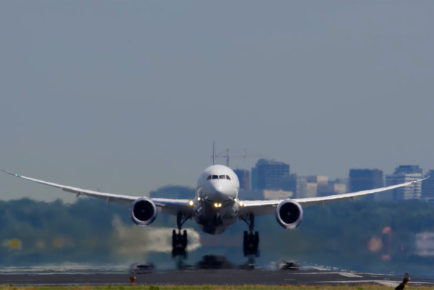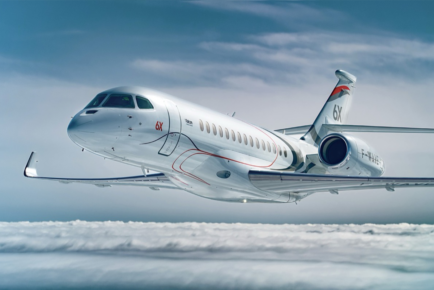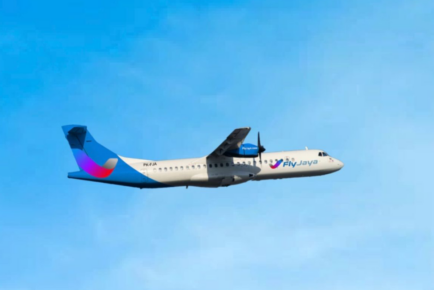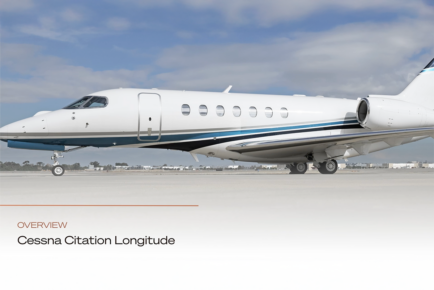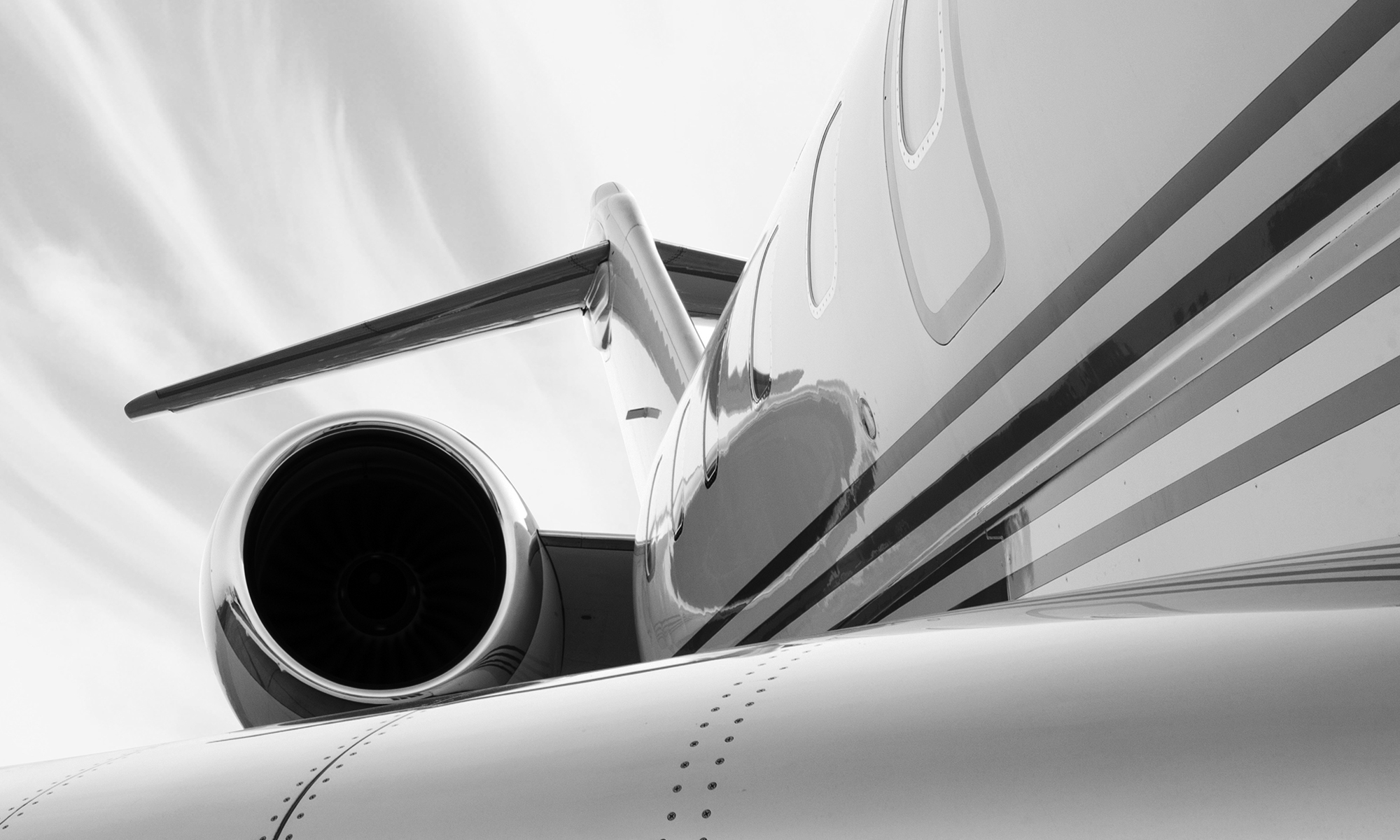
Written by Chris Brenner, Jetcraft’s former Sales Director, North America – Upper Midwest
The business aviation industry continues to show signs of recovery after years of recession, but it is modest and mixed. Operators continue to focus on larger-cabin aircraft classes, ranging from super mid-size through ultra long-range, which are expected to account for the majority of transactions for new business jets in the near term. Deals being executed in North America, Europe and Asia are leading the majority of the industry’s resurgence.
The most significant drivers of growth for large, long-range business jets sales throughout these regions include GDP growth, fleet replacement, and the expansion and most importantly the globalization of international business and commerce into developing regions. For example, Chinese business activities continue to grow in Africa, with investments in the continent’s mining and agriculture sectors. Chinese investors and corporate leaders are turning to long-range business jets to travel to southern Africa and conduct their business in the most efficient way, as we already have seen an increase of new Global 5000 and 6000 deliveries. Such continued wealth creation, coupled with aviation infrastructure development, is expected to accelerate the use of long-range business aircraft dramatically from levels seen today.
In 2015, those analyzing the business aviation industry found that nearly half of all new aircraft buyers favored larger cabin models, with that statistic poised to increase this year through 2024. For example, Embraer’s executive aviation segment delivered 11 large jets during 1Q16, compared to 2 large jets in the same period last year. In all, large-cabin aircraft are slated to make up approximately 75% by value of business jets delivered in the near term for the industry, with a potential to reach nearly 85% throughout the next decade. Jetcraft forecasts $178B worth of transactions to be executed over the next ten years for larger cabin aircraft.
Production activities among Gulfstream and Dassault remain on an uptick as well. Gulfstream continues to introduce new models for the Ultra Long Range and Super Long Range segments (i.e. replacements for the Gulfstream 550 and the Gulfstream 450), the void in a segment where it previously offered the Gulfstream 350. It is important to note, however, that if Gulfstream can develop a sub-$35M aircraft with the highest cabin specs and performance to fill in the gap between its G280 and the G500, it will breathe new life and potentially lead the segment or else Bombardier and Dassault will continue to dominate as they have for the last 15 years.
As long as Dassault remains price competitive, it will continue to place second in units in this segment. The minimal development cost to upgrade the Challenger 605 into the new Challenger 650 model is unlikely to dramatically impact Bombardier. That said, it is highly likely that Dassault is comfortable with its product’s elasticity, i.e. Content to deliver a certain number of aircraft at a target net margin.
In all, our analysis forecasts unit deliveries for Bombardier to reach nearly 25% through 2024; Gulfstream to hit nearly 17%; with Embraer and Dassault close behind, capturing nearly 16% and 13% of the market respectively.
Enthusiasm for large-cabin airplanes is stronger than ever. For now, the interest in new, large business aircraft sales seems secure. Market predictions indicate steady growth through the rest of the decade. But flat sales in the light to mid jet segments are going to make it harder to compete without manufacturers offering a broad spectrum of larger models.
SIGN UP FOR OUR MONTHLY JETSTREAM RECAP
Don't miss future Jetstream articles. Sign up for our Jetcraft News mailing list to receive a monthly eblast with links to our latest articles. Click to join the 1,800+ subscribers on our mailing list.

